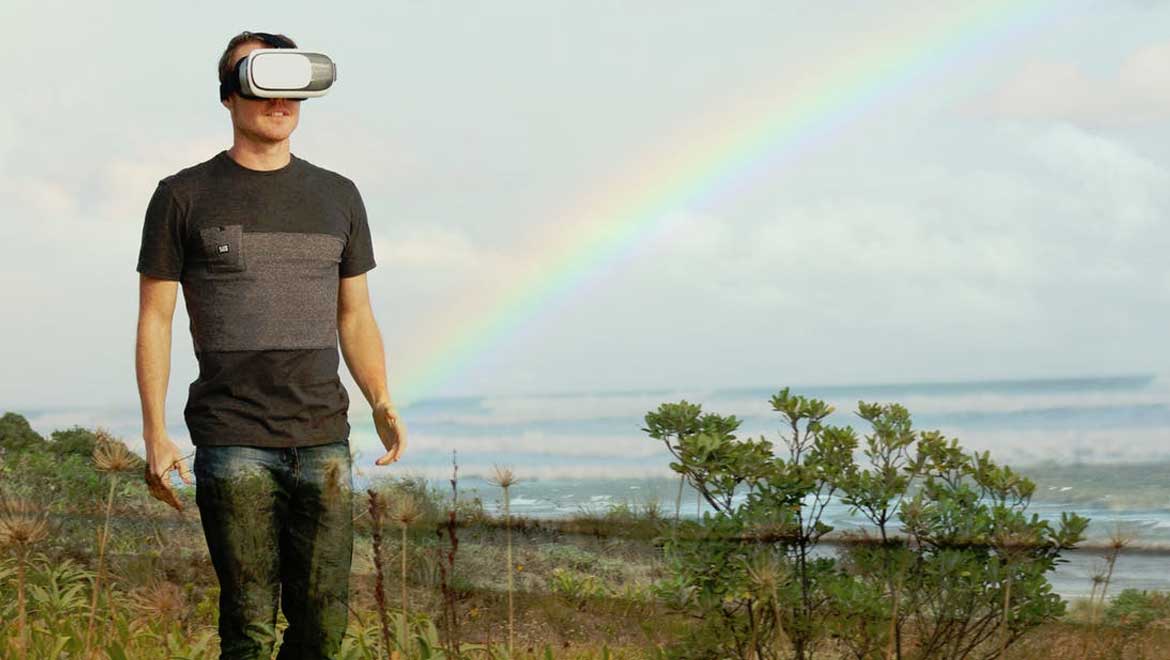We all want the best for our families, but sometimes we have to make a hard decision and opt for assisted living for our elderly. This can stem from a gradual decline in health, difficulties in performing menial tasks, loss of cognitive functions requiring supervision, or general depression from being isolated from others. We choose assisted living communities for peace of mind; that our loved ones are being cared for and enjoying the best quality of life.
However, this isn’t always the case. Some complaints about nursing homes are either boredom or lack of physical activity. Though many homes offer fitness facilities or programs, most residents don’t raise their heart rates enough. To address this, a research team from Aalborg University would like to introduce virtual reality technology to increase senior citizen activities. The goal for the team is to change exercise from chore to a pleasing digital experience.
Technology
Generally, there is minimal motivation to get up and exercise. For one, it can be painful and secondly, it can be uninteresting to stare at a blank wall. A study was conducted at a Copenhagen nursing home with 21 elderly residents. Large screens were mounted on the wall and the residents were encouraged to ride stationary bikes through projected landscapes. The bikes were linked to the screen so the landscape would reflect their speed. All the seniors had a positive experience.
The researchers want to expand the experience and equipped the subjects with virtual reality (VR) goggles. The small screens in front of the eyes project a landscape based on the direction the subject is looking. This includes mountains, birds, buildings, trees, and the sky. The mundane task of riding an exercise bike in a fitness room was transformed into a vivid experience. The desire to use the exercise bikes rose significantly.
Other Benefits
There are other benefits to using VR than just raising heart rates. VR has been used as a behavior intervention in pain management. Researchers at Duke University, point out that pain requires conscious attention, but VR-based distractions leave the subject to maneuver in ways that were otherwise prohibitive. The fear of pain associated with movements is avoided while in VR.
Much like Duke University, a team from the University of Montreal is exploring cognitive-behavioral therapy to address anxiety with VR. It’s thought that 25% of people age 65+ experience varying degrees of anxiety. In VR, subjects are exposed to fear triggers in a controlled environment where they can be confronted to the point that the anxiousness is diminished. Going a step further, VR is now being applied in cognitive rehabilitation for those affect by mild impairments, like early-stage dementia.
Challenges Ahead
Even with the overall positive feedback, there are challenges in implanting VR technology. The first is the price; though expected to drop as the technology evolves and becomes more available, VR equipment like the Samsung Gear or the Oculus Rift headset can range between $600-$850 USD per unit. Purchasing one for every resident would be cost prohibitive. There is also software that needs to be purchased. The available environments are also limited and will need time and money to develop.
Another challenge is the weight of the headset. Most are bulky and fit over most of the viewer’s face. It would be a shame if the technology that is meant to alleviate pain caused a neck or back injury. Again, as more advances in technology happen, the headsets are expected to become lighter and more manageable.
VR’s Role in Healthcare
VR technology has been around since the 1980s and was exclusive to video games. Sega developed a set of glasses that the player would wear for 3D immersion, Nintendo sold the Virtual Boy as a console, and some high-end arcades had units installed at a hefty price. Gamers saw this technology as either a novelty or laughable; seeing this as a poor purchase, sales were low. Only recently has there been a resurgence of popularity with the Oculus Rift from Sony. But, the true break role for VR may be in healthcare. Companies are now working on tailor-made environments for sensory immersion. Take a walk in your favorite park, or down the street of your childhood home. Residents at nursing homes can now travel the world, or even maybe others.
Top image: Walking Alongside the beach (Public Domain)







No comment